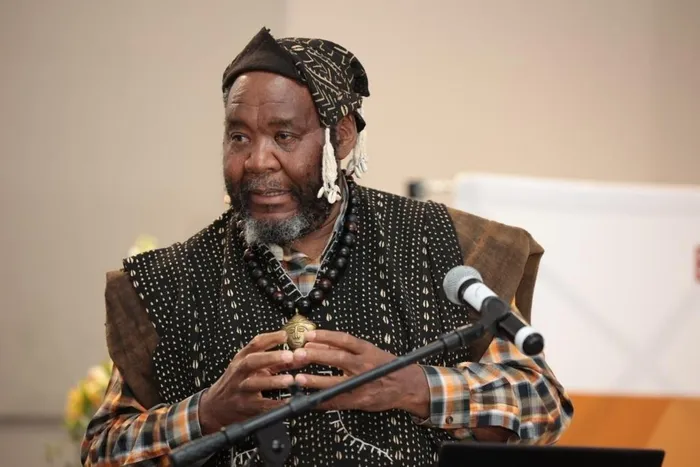Department of Planning Monitoring and Evaluation stands to benefit from best practice

Dr Pali Lehohla is a Professor of Practice at the University of Johannesburg, among other hats.
Image: Supplied
On the 19th of September I was one of the panellists who participated at the launch of Geospatial Information Management Strategy led by the Department of Planning Monitoring and Evaluation (DPME). This was held at Diep in die Berg in Pretoria. Human activity manifests itself in space and yet the ability to capture this central and prime mover that defines and explains the trajectory of human interaction with their environment has not been at the center of interpretation of development. Efforts over time have been partial and at times half hearted. Countries that advanced on this front were in Latin America and notably Brazil.
Its Institute of Geography and Statistics (IBGE), established in 1936, was a key institution in the genesis of geographical data collection and analysis. This laid the groundwork for GIS development and adoption in the country. Through its role in mapping, population counting, and economic analysis, IBGE generated the foundational data and spatial understanding necessary for later GIS applications, which were further influenced by the arrival of quantitative mathematical techniques and GIS specialists in the late 1960s.
Brazil had also embedded informatics in its statistical infrastructure. The informatics component, however, was dropped at a later date for reasons that will not be discussed. But informatics is an essential element of decision support in the world of big data, data revolution, and especially artificial intelligence. The focus on geography strengthened the Brazilian authorities to organically embed the spatial dimension in the statistics institution as an integral component of planning. In the United States where statistics are decentralised, a significant integrator of data are the shapefiles of the United States Bureau of the Census. These are called the TIGER (Topologically Integrated Geographic Encoding & Referencing). When these files were ultimately opened up, they provided valuable information for developing navigation in transport systems.
In South Africa spatial data is supported by the Statistician-General through the Population Census shape files or enumeration areas. These shape files contain about 150 households. They are organised hierarchically to build up to a geographic feature referred to as a place name. The Chief Surveyor General of South Africa creates and manages spatial, alphanumeric data. The activity of the Statistician General and the Surveyor General find relevance and resonance in land reform, urban planning and service delivery. These activities, therefore, enhance democracy.
In relation to these activities the United Nations Statistics Commission (UNSC) and the United Nations Global Geospatial Information Management (UNGGIM) a spatial resource architecture has been created for adoption at United Nations member state level for use in planning.
In South Africa, Census 1996 represented a major breakthrough that brought together the Surveyor-General and the Independent Elections Commission (IEC) to a wealth of data that would underpin the democratic project. Unfortunately there was no funding for this strategic asset. But the IEC realising value in the shape files, sponsored the program. The Enumeration Areas of StatsSA were digitized and embedded in the spatial alpha numeric data of the Surveyor-General.
Sustaining this program and speeding it up was a critical strategic point of inflection which in the main was to be driven by physical addresses. But again the penny wise pound foolish mantra dominated the decision making. So the allocation of physical addresses was undermined. It was with the agency of Mogoeng Mogoeng judgement on elections that this matter of addresses was thrown at the top of the food chain in 2014. But it soon sadly slid, and like everything else addresses ended at the usual tail of muffins and crème. Nothing was done.
The success of the Geospatial Information Management System can succeed and precedent to it are the joint rich datasets of the Surveyor General and the Statistician-General. These frames have been curated for quality by these standards’ holders. The DPME stands to benefit from these best practice. Hopefully DPME will engage the United Nations Committee of Experts for Public Administration (UNCEPA). This advice stands on eleven fundamental principles of which Sound Policy Making anchored in Strategic Foresight, Scenario building and modelling are key – sadly a diet deficiency so prevalently conspicuous in DPME.
Dr Pali Lehohla is a Professor of Practice at the University of Johannesburg, a Research Associate at Oxford University, a board member of Institute for Economic Justice at Wits and a distinguished Alumni of the University of Ghana. He is the former Statistician-General of South Africa.
*** The views expressed here do not necessarily represent those of Independent Media or IOL.
BUSINESS REPORT